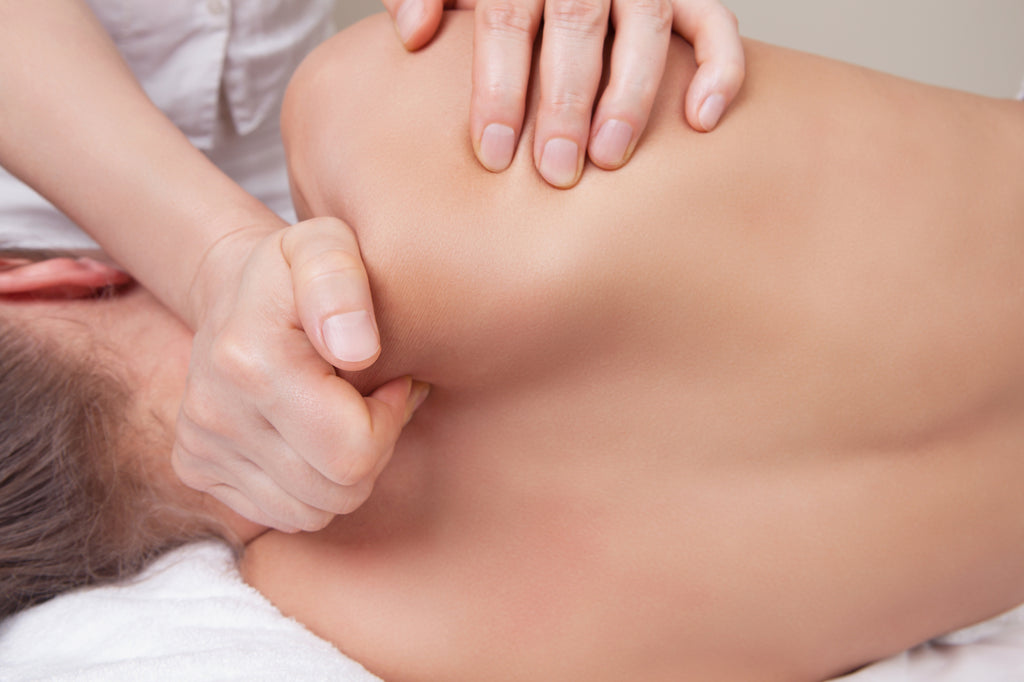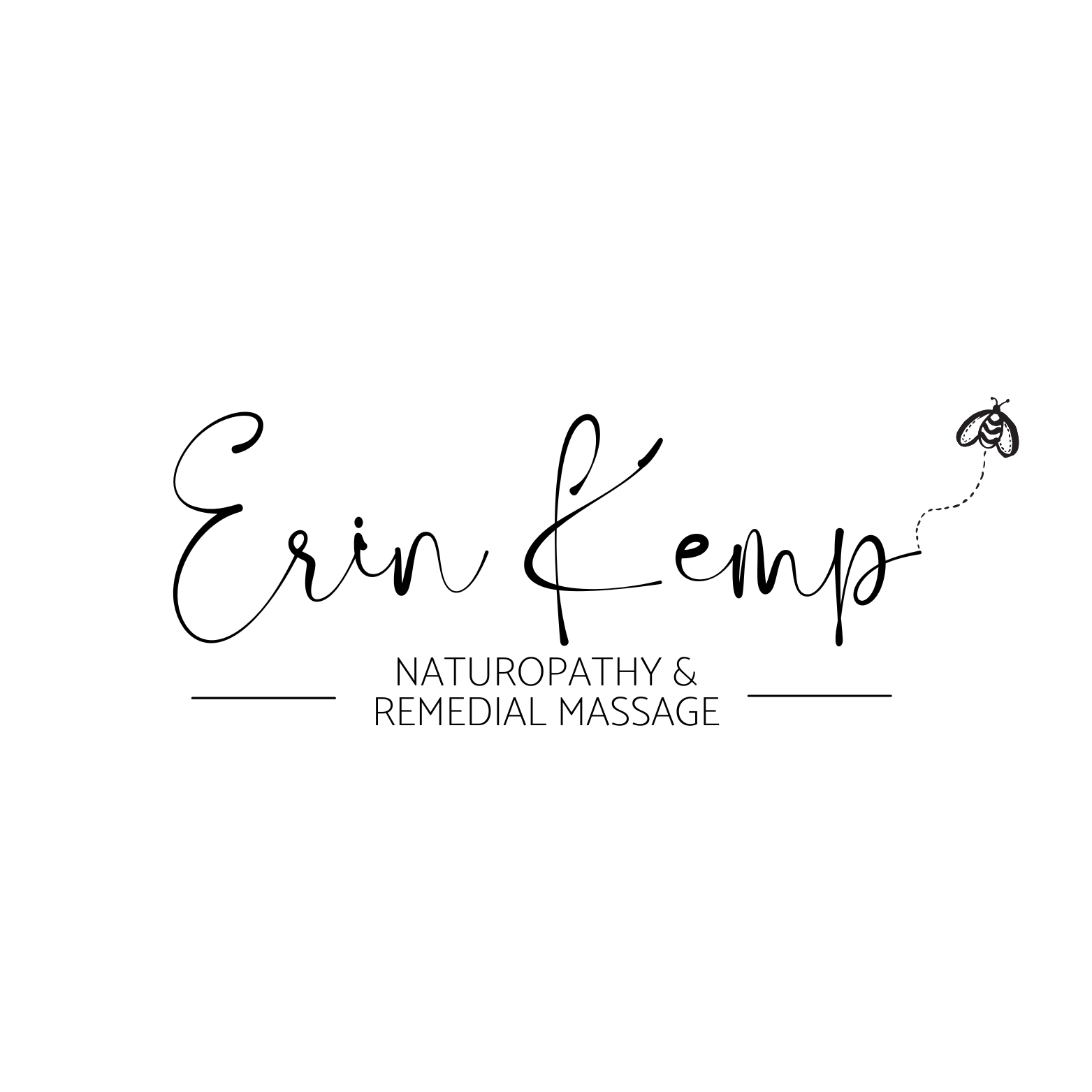Remedial Massage: What It Is and the Many Benefits It Provides

Relieve Muscle Knots with Expert Remedial Massage on the Central Coast NSW
Most adults have encountered the discomfort of muscle knots at some point in their lives. Whether due to stress, injury, or poor posture, these painful knots can be challenging to avoid and even harder to alleviate. Fortunately, remedial massage on the Central Coast NSW offers a targeted solution.
Remedial massage therapy is a powerful tool for untying muscle knots and providing long-lasting relief. Unlike traditional Swedish massage or other full-body treatments, remedial massage combines various therapeutic techniques specifically designed to address the root causes of muscle tension, back pain, and injury. At the same time, it offers relaxation therapies that soothe your tired, stressed muscles.
Curious about how remedial massage works and why it’s particularly effective for treating muscle knots and other injuries? Keep reading to discover the top benefits of remedial massage therapy on the Central Coast and learn why it could be the ideal solution for your pain relief needs.
Understanding Remedial Massage: A Comprehensive Guide
Remedial massage is a specialized therapy that focuses on diagnosing and treating myofascial trigger points, commonly known as muscle knots, along with a range of other musculoskeletal conditions.
A skilled remedial massage therapist on the Central Coast NSW will work on your major muscle groups, as well as your connective tissue, tendons, and ligaments, to promote healing and enhance overall body wellness.
Remedial massage therapy effectively treats various conditions, including:
- Arthritis
- Carpal Tunnel Syndrome
- Chronic Low Back Pain
- Frozen Shoulder
- Myofascial Pain Syndrome
- Muscle Cramps
- Muscle Spasms
- Plantar Fasciitis
- Sciatica
- Tennis Elbow
- Tension Headaches
Additionally, remedial massage is a powerful treatment option for general pain and discomfort caused by myofascial trigger points (muscle knots), offering relief and improving your quality of life.
Understanding Muscle Knots and the Power of Remedial Massage Therapy on the Central Coast NSW
Muscle knots, known in the medical community as myofascial trigger points, have been a subject of discussion since the 1950s. Despite their name, these knots are often misunderstood and can be a source of significant discomfort.
Myofascial trigger points can exist in two states: latent and active. While latent trigger points may not cause pain, they can restrict movement. However, when they become active, they can lead to chronic discomfort and even develop into myofascial pain syndrome (MPS).
To understand why muscle knots occur and how remedial massage can help, it's essential to grasp some basics of human anatomy. Muscles are not just one long tissue; they consist of fibers made up of smaller units called myofibrils. These myofibrils are composed of protein cylinders known as sarcomeres.
The exact cause of muscle knots remains uncertain, but evidence suggests that acute trauma or chronic microtrauma can lead to the formation of these tight, painful areas. The result is a localized thickening of the muscle fibers, creating a sensation similar to a knot.
How Remedial Massage Therapy on the Central Coast NSW Can Help
Your journey to relief begins with a comprehensive assessment. During your initial consultation, your remedial massage therapist will discuss your specific pain points and conduct a series of tests to accurately diagnose the underlying issue. These assessments may include:
- Postural exams
- Bio-mechanical exams
- Range of motion physical exams
- Neural tests
Identifying the root cause of your muscle pain is essential for effective treatment. Many people endure chronic pain for months or even years because they focus on treating symptoms rather than the underlying cause. For instance, someone with persistent back and shoulder pain might seek out traditional massages or physical therapy. However, if their pain stems from rib misalignment, these treatments may only provide temporary relief.
By addressing the root cause, remedial massage offers meaningful, long-term relief.
Why Choose Remedial Massage for Muscle Knots on the Central Coast NSW?
Once your therapist has pinpointed the trigger points and diagnosed the issue, they will develop a personalized treatment plan designed to relieve pain and promote healing. Depending on the severity of your condition, this plan may include a combination of trigger point therapy, therapeutic massages, and passive stretching.
The goal of remedial massage isn't just to massage the pain away. Instead, it focuses on improving blood flow to the affected area, which accelerates healing and provides lasting relief.
 Got muscle knots? We can relieve that.
Got muscle knots? We can relieve that.
Muscle Knots and Blood Flow
We can all think of a time when we had a muscle knot that caused us pain. The knot itself is painful, but it also has several knock-on effects that leave people in agony.
Muscle knots and trigger points suffer from a build-up of lactic acid not dissimilar to what happens after a tough workout.
Your brain and central nervous system also get involved and try to help. When you have a muscle knot, your brains knows that something isn't quite right. Although that muscle needs help to relax, your brain sends your nervous system into overdrive trying to guard the area and prevent damage.
Muscle knots cause the brain to leave the muscles 'switched on' without relief. Without a chance to relax, the muscles around the knot grow tighter, and you get sore as if you went through a tough exercise class. Your muscle then produces lactic acid as it would after strenuous activity.
The difference is that the build-up that occurs after a long hike gets relief eventually. After a long day on the trail, you go home, put on your slippers, and relax.
Muscles sent into overdrive by your brain don't have the opportunity to open a bottle of wine and watch Netflix. They sit and stew in lactic acid. Those muscles quickly become their own worst enemy.
Those same tight muscles producing more lactic acid that you need are also so tight that your capillaries become constricted. Your body tries that, but your circulatory system doesn't have the capability.
Restricted blood flow leads to ischaemia or a lack of oxygen. Now, your muscles are drowning in lactic acid, squeezing out your blood supply, and your tissues can't get the oxygen they crave. Your brain notices all this happening, but instead of easing up, it tightens even more for more protection.
Why Remedial Massage Provides So Much Relief
Once you reach the point where your brain doubles down on your tight muscles, even a bad massage feels good.
The reason massage works so well on these muscles is the because therapists' hands put enough pressure on the knot to manually pump out some of the lactic acid. Flushing lactic acid provides some tension relief, which in turn allows the blood to flow more freely in your capillaries.
It's why even those massage chairs in the mall make a difference.
There's only one problem. Relaxing massages and stretching don't provide lasting results when you're dealing with muscle knots and trigger points.
A relaxing massage gives you muscles a moment of clarity. Shortly after its over, your brain remembers that there's still a knot, and it still has a job to do in protecting your body.
Even after that blissful massage, you are already back at square one.
Remedial massage goes directly after those knots and trigger points to loosen and relieve them. It also includes relaxing massage and stretching treatments for overall health. But if you struggle with muscle knots, then you need trigger point treatments that:
- Put direct pressure on the knot
- Flush the lactic acid
- Increase the circulation
- Relieve the knot completely
Without those four steps, you'll find yourself back in your masseuse's office far sooner than you'd prefer and in just as much pain as when you arrived the first time.
Types of Remedial Massage Treatment
Remedial massage therapists rely on three common techniques to treat the majority of issues that they come across:
- Myofascial Release
- Trigger Point Therapy
- Muscle Energy Technique (MET)
- Deep Tissue and Relaxation Massage
Each serves a different purpose within the wider practice, and they're combined according to the treatment plan you developed at diagnosis.
Myofascial Release
Myofascial release is a hands-on therapy that relieves chronic pain by using trigger points on your fascia or myofascia.
Your myofascia is the tough tissue or webbing that covers your bones and muscles. It separates and contains every muscle found in your body
The therapist finds trigger points, or muscle knots, on your body that create the tension and tightness you feel. Those trigger points may be in the area where you feel pain, or they may be related but nowhere near it.
Trigger points require experimentation and manipulation, so therapists work with a broad area of muscle rather than honing in on only one or two points. They gently massage the myofascia to identify problem areas.
Normally, it feels elastic and pliable, but it can turn rigid, which then causes pain. As the therapist works across an area, they're able to find trigger points and manipulate them to release the tension.
Trigger Point Therapy
Trigger point therapy complements myofascial release.
Myofascial release gives the massage therapist the range to discover the trigger points and relieve tension. Trigger point therapy goes one step further: it applies direct pressure.
Remedial massage may use different techniques in trigger point therapy depending on where the muscle is and the pain it causes.
Sometimes, the therapist uses their thumb or fingers to apply direct, sustained pressure to the trigger point. Just doing that helps the muscle knot relax and release thereby helping muscle pain.
Acupuncture and dry needling are two other common trigger point therapy methods.
Pressure applied helps the knots ease off, which in turn reduces muscle pain
Muscle Energy Technique (MET)
Muscle Energy Technique (MET) uses your muscle's existing energy to help relax and lengthen chronically contracted muscles (or muscle knots).
MET is a type of stretching that uses isometric contractions to encourage relaxation. It differs from static stretching because static forms require the therapist to do the work for your muscles.
In active stretching exercises like MET, you'll participate in a number of exercises targeted at the problem areas. Those stretches vary because there is no standard definition of the technique.
Generally, you'll sit or lie in a position where you are comfortable. The therapist then takes the muscle and begins to stretch. You'll then contract your muscle using only around 25 percent of your total force. The two of you each hold: you hold the contraction, and the therapist holds the stretch.
After ten seconds, you can relax. Then, you both pick it back up and try to ease further into the stretch, each time stopping when you feel an increase in resistance.
Deep Tissue Massage
Deep tissue massage may not contribute directly to healing or the resolution of an injury. Yet, it's still an important part of the therapy.
A deep tissue massage dives deep into the fascia and the muscles. It's also used to reduce muscle knots and tension, but it can be used across the body. Therapists also use deep tissue massage to help get rid of scar tissue left behind by injuries, which can lead to poor circulation and a lack of oxygen.

Try Remedial Massage for Yourself
If you deal with knots and chronic pain, you may find that Swedish or deep tissue massage on its own doesn't provide long-term relief. They tackle tight muscles and break down knots, but chronic issues need targeted attention.
Remedial massage therapy offers just that. By using diagnostics and a therapy plan with multiple options, you'll target the root of the problem. When you get rid of the knots, it allows the rest of your body to relax and allow you to live pain-free.
Don't live with the tension for another day.
